In the field of medical injection molding, the stability and high precision of product quality are crucial. Defects such as bubbles, short shots, warping, and flash not only affect the aesthetics and performance of the products but also directly relate to patient safety and the reliability of medical equipment. This article, from the perspectives of injection mold design, process parameter optimization, and technological innovation, combined with industry cases and data, provides an in-depth analysis of core solutions to defects in medical injection molded products. These solutions aim to help medical enterprises improve product quality and ensure patient safety.
I. Solutions to Short Shots and Uneven Flow
Problem Root Cause: Unreasonable gate design, such as excessively small cross-sectional area or positional deviation, results in uneven melt flow within the mold, easily causing defects like short shots and spiraling.
Optimization Solutions:
-
Gate Cross-Sectional Area Optimization: For medical-grade injection molded products, the gate height should account for 50%-60% of the product wall thickness to ensure smooth melt flow. For example, for precision medical components, the gate height is recommended to be no less than 1.5mm.
Multi-Gate Layout: For large or structurally complex medical injection molded parts, adopt a multi-gate layout, such as a fan gate, combined with two-stage injection molding technology, to effectively reduce flow path differences and avoid short shots.
Addition of Water Stop Pins and Buffer Packs: Add buffer structures, such as water stop pins, at the end of the runner to reduce the melt impact speed and reduce the occurrence of weld lines.
II. Solutions to Bubbles and Burning
Problem Root Cause: Poor mold venting leads to gas retention, especially in complex structural parts with a wall thickness exceeding 3mm, resulting in bubbles or burning phenomena.
Optimization Solutions:
-
Precision Vent Design: Design precision vents with a depth of 0.01-0.03mm and a width of 5-10mm based on the flowability of PVC to ensure effective gas venting. For food-grade medical products, increase the venting precision to meet stricter hygiene requirements.
Intelligent Vent Layout: Install intelligent vents at the weld line or cavity end, using sensors to monitor gas venting in real-time, improving gas venting efficiency by over 30%.
Dynamic Maintenance Mechanism: Establish a regular vent cleaning mechanism, such as cleaning once every 5,000 molding cycles, to avoid clogging and black spot issues, ensuring product quality stability.
III. Solutions to Warping and Sink Marks
Problem Root Cause: Uneven mold temperature leads to differences in melt cooling and contraction, causing warping or sink marks, especially in amorphous PVC materials where the shrinkage rate fluctuation can reach 0.5%-1.2%.
Optimization Solutions:
-
Zoned Cooling Circuits: Set up independent cooling channels for areas with different wall thicknesses in medical injection molded parts, controlling the temperature difference within ±2°C by precisely controlling the cooling water flow rate and temperature.
Dynamic Mold Temperature Regulation: Use a PID temperature control system to monitor mold temperature in real-time and dynamically adjust the cooling water flow rate based on feedback data to ensure the production quality of high-precision medical components.
High-Temperature Molding Strategy: Without the risk of shrinkage, appropriately increase the mold temperature to 50-70°C to extend the melt flow time, which helps reduce warping and sink marks.
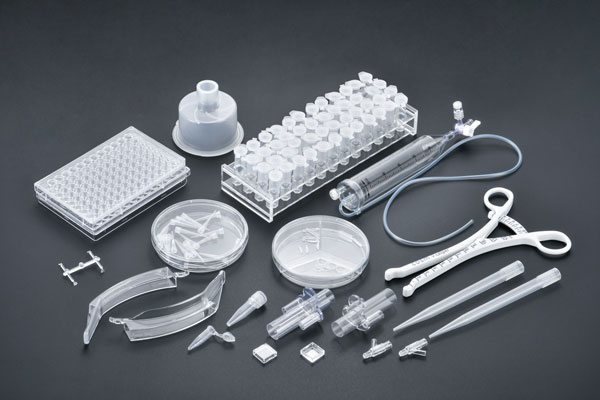
IV. Solutions to Sticking and Surface Roughness
Problem Root Cause: Rough mold cavity surfaces or insufficient draft angles cause the melt to adhere to the mold surface during cooling, especially in deep cavities or threaded structures.
Optimization Solutions:
-
Ultra-Precision Polishing Process: Use ultra-precision polishing techniques to reduce the mold cavity surface roughness to below Ra≤0.2μm. For high-precision medical accessories, require Ra≤0.1μm to reduce demolding resistance.
Gradient Draft Angle Design: Design reasonable draft angles based on product structure and material properties. The base draft angle is recommended to be 1°-2°, and increased to 3°-5° in complex areas to reduce stress concentration and sticking.
Composite Coating Application: Apply a nickel-PTFE composite coating to the mold surface to reduce the coefficient of friction, improving mold wear resistance and service life to over 500,000 molding cycles.
V. Solutions to Enhance Weld Line Strength
Problem Root Cause: Rapid cooling at the melt confluence forms a weak weld line area with strength only 60%-80% of the base material, affecting the reliability and service life of medical injection molded parts.
Optimization Solutions:
-
Melt Front Acceleration Technique: Increase the second-stage injection speed to above 120mm/s to reduce temperature loss during melt flow and enhance weld line strength.
Flash Groove Design: Reserve a flash groove at the weld line position and remove the defective portion after molding, using excess material to fill the weld line area and strengthen it.
Raw Material Pretreatment Standards: Strictly control the moisture content and drying conditions of PVC raw materials, such as moisture content ≤0.02%, drying temperature at 70°C ± 5°C, and drying time of ≥4 hours, to reduce the impact of moisture on weld line strength.
VI. Solutions to Flash and Mold Deformation
Problem Root Cause: Insufficient clamping force or mold deformation causes the melt to extrude out of the mold parting line under high pressure, forming flash, which affects the appearance quality and sealing performance of medical injection molded parts.
Optimization Solutions:
-
In-Mold Support Column Layout: Reasonably arrange support columns within the mold, adding one support column with a diameter of ≥20mm per 100mm² to enhance the overall rigidity and clamping stability of the mold.
Dynamic Clamping Force Calibration: Dynamically adjust clamping force parameters based on the mold projection area and clamping force calculation formula (clamping force ≥ 400 tons/m² × projection area) to ensure sufficient clamping force.
High-Rigidity Steel Application: Use high-strength steels such as pre-hardened P20 or carbide alloys to manufacture molds, controlling deformation within 0.02mm to reduce the occurrence of flash.
VII. Technological Innovations and Future Trends
With the continuous development of medical injection molding technology, intelligence, environmental protection, and efficiency have become the main trends in the industry. Here are some noteworthy innovative technologies and future development directions:
-
Application of Environmentally Friendly Additives: Use environmentally friendly plasticizers (such as DOTP) and lead-free stabilizers to replace traditional formulas, complying with international standards such as RoHS 3.0, enhancing the environmental performance of medical injection molded parts.
Intelligent Mold Monitoring: Utilize IoT sensors to collect critical data such as mold temperature and pressure in real-time, leveraging cloud computing and big data analysis for abnormal warning and fault prediction with a response time of less than 5 seconds, improving production efficiency and quality stability.
Microcellular Injection Molding Technology: Introduce microcellular injection molding technology in the medical injection molding field, reducing PVC density by 10%-15% while improving dimensional stability and lightweighting, meeting the demand for lightweight and high-strength medical equipment.
In summary, solutions to defects in medical injection molded products require comprehensive consideration from mold design, process optimization, and technological innovation. By implementing these optimization solutions and technological innovations, medical injection molding enterprises can significantly improve product quality and production efficiency, providing patients with safer and more reliable medical equipment.
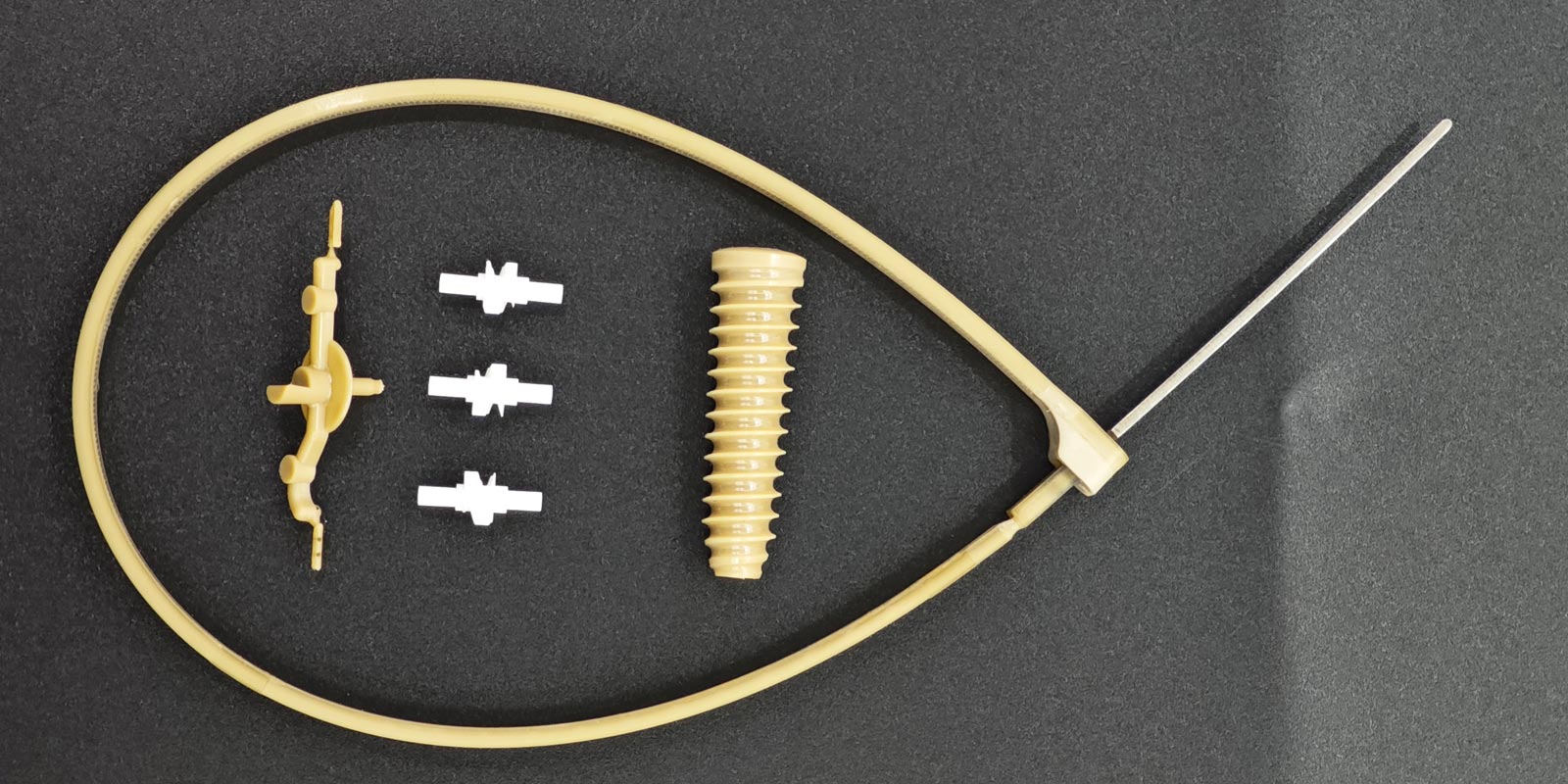
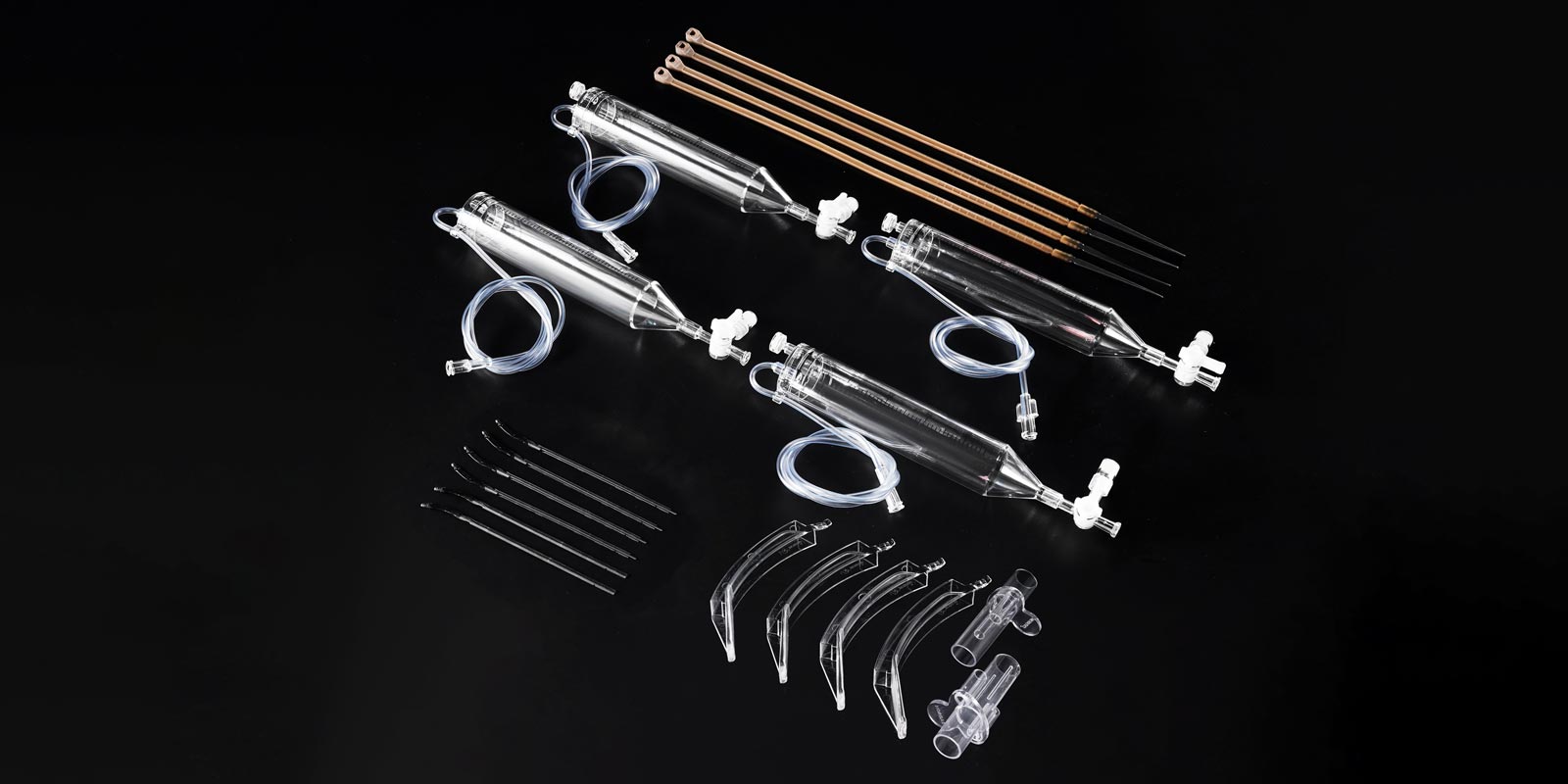
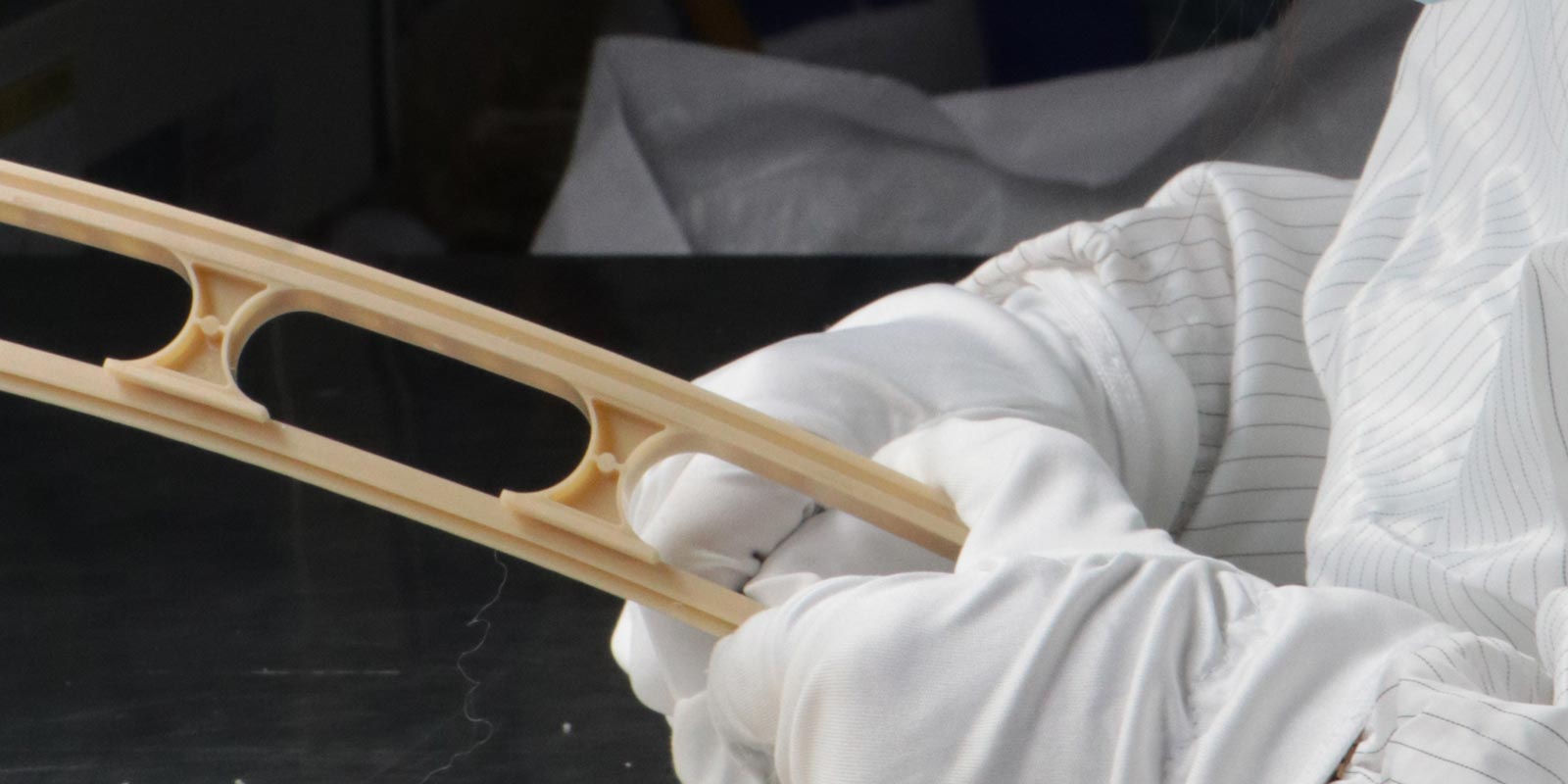
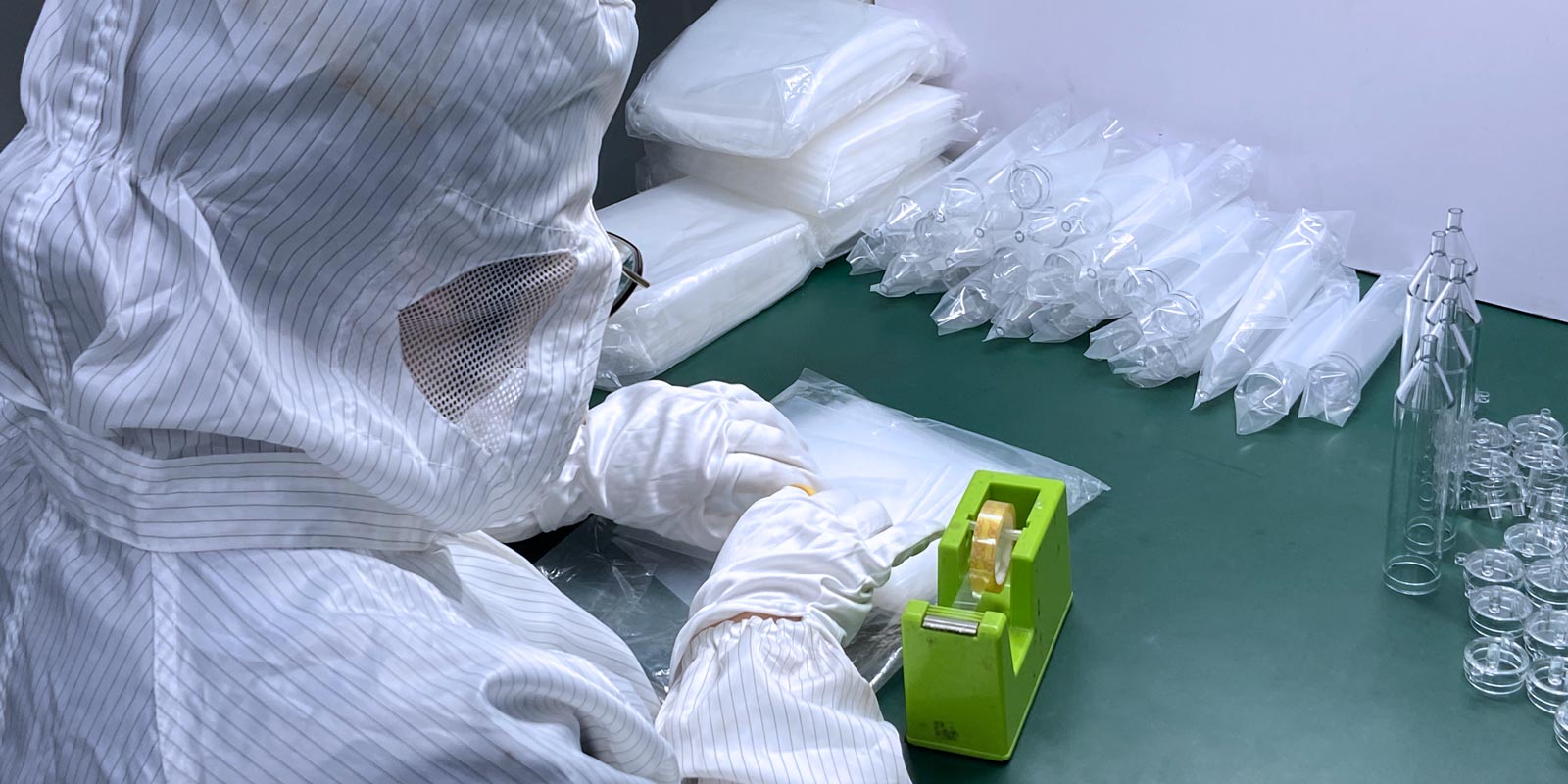
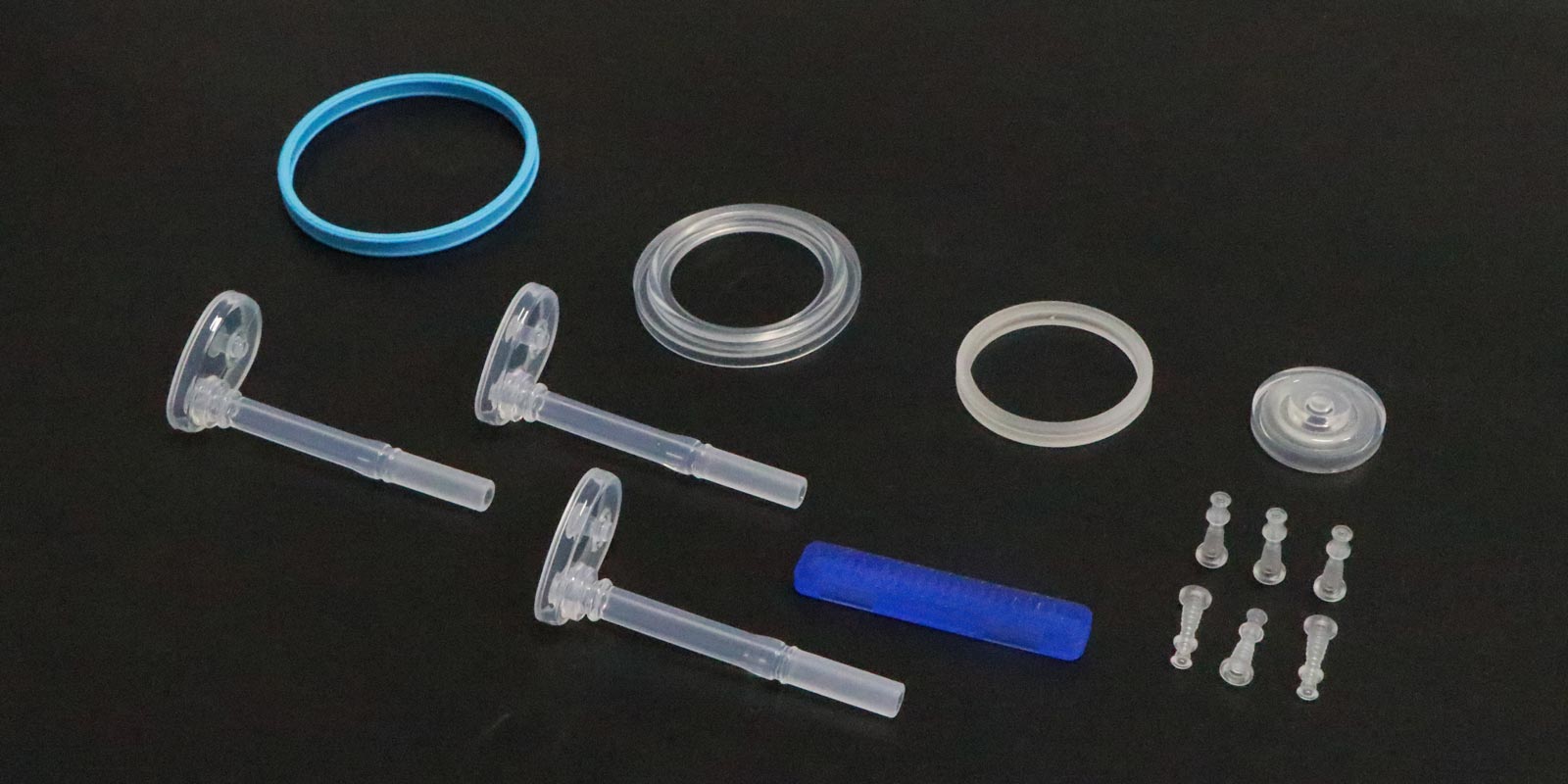
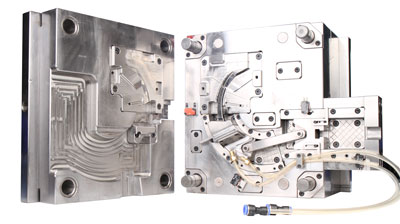
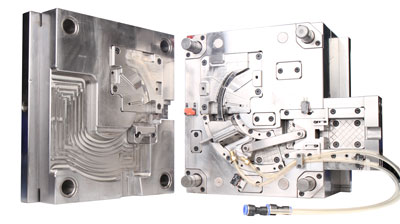
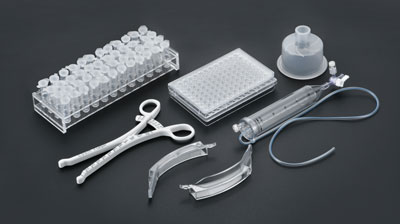
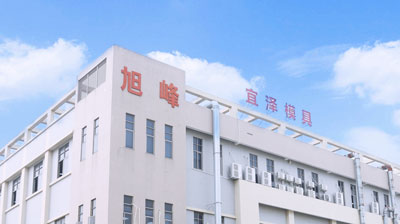







 Home
Home
